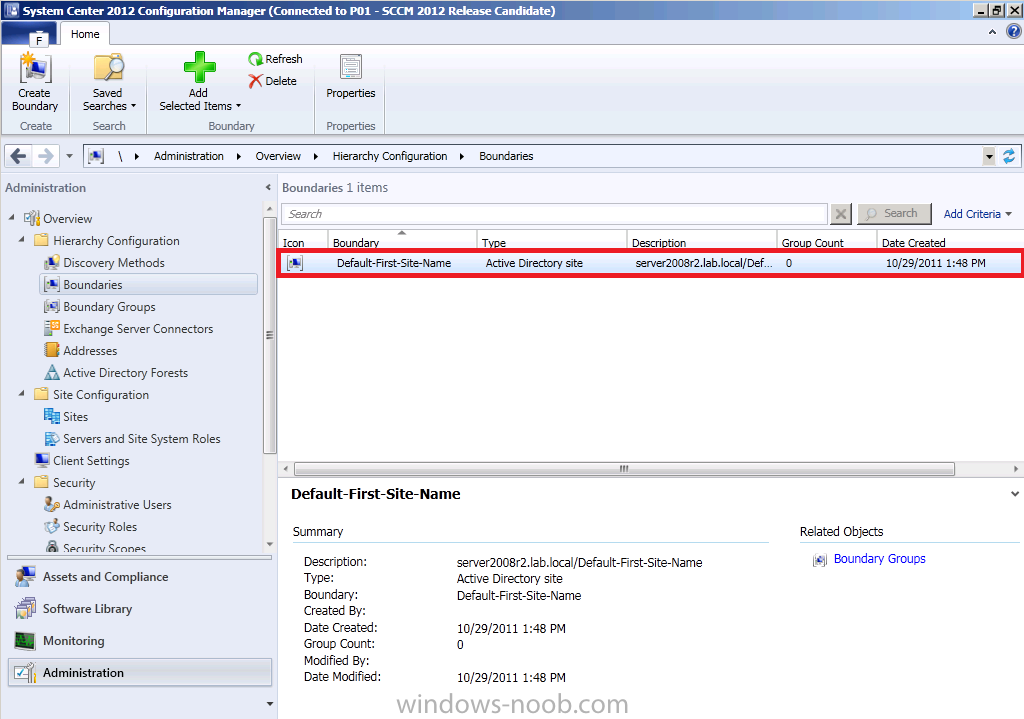

On the right pane, you see the package contents.

Step2: Configuration manager admin creates virtual application packaging and replicates it to selected Distribution Points. To run this tool on a distribution point server, copy this tool to the machine. Look for ContentLibrar圜leanup.exe in CD.Latest\SMSSETUP\TOOLS\ContentLibrar圜leanup on the site server. First of all locate the content library cleanup tool.
Sccm 2012 filelib cleanup install#
Under Content Library, select any package. Step1: To install the application, create packages in the SCCM console which consists of the command line and executed files. Here are the steps to use content library cleanup tool in SCCM. Explore Package Using Content library explorer, you can select a package and see what’s inside it. Applies to: Configuration Manager (current branch) This flowchart diagram shows the process by which the site moves the content library to a remote location.
Sccm 2012 filelib cleanup Pc#
#Copying files out to PC and creating C:\temp in case it doesnt exist The first step is to launch the tool and connect to a distribution point server.
Sccm 2012 filelib cleanup update#
To use your original script it will looks something like this: Sccm 2012 filelib delete update Sccm 2012 filelib delete software Here I could see all of the distribution points that the application was pushed out to, I selected one and then selected Remove at the bottom of the. The first line sets the variable while the second line does a copy of a file named "errors.log" thats in the same directory of the script (in my case E:\Scripts\Powershell) and then sends it to Windows\Temp. The content library is a new concept that was introduced in System Center 2012 Configuration Manager.

Run the VDA installer of your choice (local image or one of the minimal installers). Add the /quiet, /noreboot, and /noresume options to your command line options. $executingScriptDirectory = Split-Path -Path $MyInvocation.M圜ommand.Definition -ParentĬopy-item $executingScriptDirectory\errors.log C:\Windows\Temp -force SCCM TASK1: Prepare the machine by restarting the machine. I had an example in my post up top but yes it does tell the script what directory its running in and uses that as "root", if you've ever done batch scripting its the equivalent of "%~dp0" so you can do like below:


 0 kommentar(er)
0 kommentar(er)
